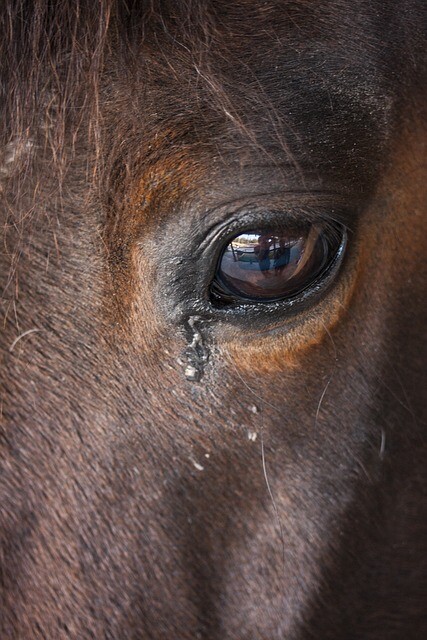What’s the widest winning margin in the history of the Prix de l’Arc de Triomphe?
 Befitting the most prestigious race run in Europe, the Prix de l’Arc de Triomphe is designed to bring together the best middle-distance horses from around the world. Subject to a weight-for-age allowances, for three-year-olds, and a weight-for-sex allowance, for fillies and mares, horses compete on equal terms, unpenalised for previous victories. Consquently, runaway winners of the “Arc” are something of a rarity, although three horses collectively hold th record for the widest winning margin, which currently stands at six lengths.
Befitting the most prestigious race run in Europe, the Prix de l’Arc de Triomphe is designed to bring together the best middle-distance horses from around the world. Subject to a weight-for-age allowances, for three-year-olds, and a weight-for-sex allowance, for fillies and mares, horses compete on equal terms, unpenalised for previous victories. Consquently, runaway winners of the “Arc” are something of a rarity, although three horses collectively hold th record for the widest winning margin, which currently stands at six lengths.
The first horse to put his rivals to the sword by that distance was the unbeaten Italian-trained champion, Ribot, who justified odds-on favouritism in facile style in 1956. Already an easy three-length winner of the Prix de l’Arc de Triomphe the previous year, the Tenerani colt returned to Longchamp to beat a stronger field, headed by the the Irish Derby winner, Talgo, by even further on his second attempt.
In 1965, the French-trained Derby winner, Sea Bird, recorded another six-length verdict, which might have been further, but for drifting markedly left-handed in the closing stages. Last, but by no means least, Sakhee, trained in Britain by Saeed bin Suroor, dominated the opposition in 2001, powering clear for a six-length victory over the hitherto unbeaten filly Aquarelliste. It’s no coincidence that Sea Bird (145) and Ribot (142) remain the second and joint-sixth highest-rated Flat horses in the history of Timeform, respectively, while Sakhee (136) was also, unsurprisingly, rated in the “top class” bracket.